The Atlas of Uttaranchal
Synopsis
In the new millennium, our country is to witness the existence of new states. One of them is the Uttaranchal. This is one of the latest additions to the existing twenty-five states. It is meant to meet the long-standing expectation of the people and also to become a viable tool for dynamic planning and development processes. Uttaranchal is primarily a mountainous and terai region consisting of thirteen districts with its temporary headquarters at Dehra Dun. The available historical documents indicate that Kumaon and Garhwal, the two administrative divisions (or mandals as they are locally called) of Uttaranchal have a deep sense of unity among them owing to their similarities in ecological, socio-economic and ethno-cultural factors. Even in ancient literature they had been mentioned together as Manas Khanda (Kumaon) and Kedar Khanda (Garhwal). The `Atlas of Uttaranchal' State is one of the publications of 9th plan scheme on the establishment of the National Atlas and Thematic Mapping Organisation. The first edition of the atlas was timely released on 9th November 2000 at Dehradun on the auspicious occasion of formation of this new state. It contained five maps and eight appendices which could be placed as a ready reckoner for planning. It was then thought to make a detailed mapping of this state which has been reflected in the present second edition of the Atlas with thirty six maps on various themes essential for planning and development of the state of Uttaranchal. The Atlas of Uttaranchal State has been designed on a uniform scale of 1:1,000,000 except seasonal rainfall and growth of population on 1:2,000,000 scale and is based on the data collected from various State Government Departments of Uttaranchal, Census of India, Geological Survey of India, National Atlas and Thematic Mapping Organisation, National Remote Sensing Agency, Survey of India and field study. The newly formed State of Uttaranchal is located between 77 35' E to 81 3' E longitudes and 28 43' N to 31 28' N latitudes. It covers a total area of about 53,484 sq km covering thirteen districts, fortysix tahsils and ninetyfive development blocks; the capital being located at Dehra Dun. The northern half of the state comprises - the Himalayan and Siwalik ranges which is mostly snow capped and is a paradise for tourists, trekkers and pilgrims. The two sacred rivers viz. Ganga and the Yamuna have their source from Gomukh and Yamunotri. Their tributaries join at the Prayag which make the region a network of holy places. The Uttaranchal Atlas has been divided into three broad themes. 1. Environmental Characteristics; 2. Socio-Economic and Demographic Characteristics; 3. Institutional, Cultural and Religious Characteristics . Environmental characteristic such as physiography, slope, geology, drainage and river basin, soils, ground water, natural hazards, annual rainfall, annual temperature, seasonal rainfall, forest and natural vegetation and their role in determining the suitability of environment for developmental activities is depicted in different maps. Environmentally sensitive zone map depicts the environmental status for siting of Industries. Landuse and cropping pattern, land holding, irrigation, roads and railways and distribution of industries are the agro- economic characteristics shown in different plates of the above captions while growth of population, age and sex structure, density and distribution of population, migration, literacy and distribution of scheduled tribes have been considered as major demographic characteristics and shown by using suitable statistical and cartographic techniques in different maps on the suitable scales. The institutional, cultural and religious characteristics are also no less important in the regional economy of the state of Uttaranchal and therefore, these activities have been highlighted in the maps entitled market and banking services, post and telecommunication, health, education etc. The folk and cultural institutions have been depicted in a separate map in which religious institutions, places of worship etc. have been shown separately keeping in view the importance of such places in the state. These themes are to meet the following objectives: (1) to provide an assessment of the natural resources for optimum utilization and (2) to provide a basis for economic and commercial co-operation among the districts which are mostly developing. Keeping in view the above objectives, thirty six maps on different aspects mentioned above have been arranged in such a manner that users can easily correlate themes for analysis and planning. As the information relating to preparation of thematic maps were available in different forms, considerable time had to be devoted in collecting data from field surveys and analyzing and transforming them into a standardized format to put the atlas in the presentable form.
Read more
120.60
108.54
$
134.00 $
Free delivery Wolrdwidе in 10-18 days
Ships in 2-4 days from New Delhi
Membership for 1 Year $35.00
Get it now and save 10%
Get it now and save 10%
BECOME A MEMBER
Books by the same authors

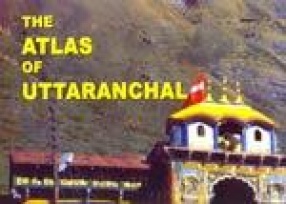
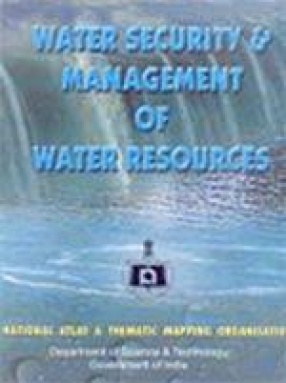
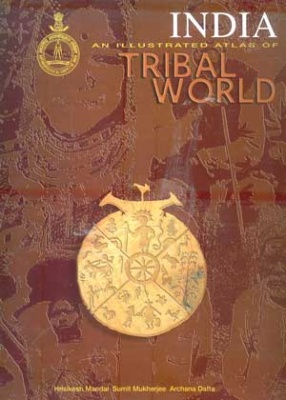
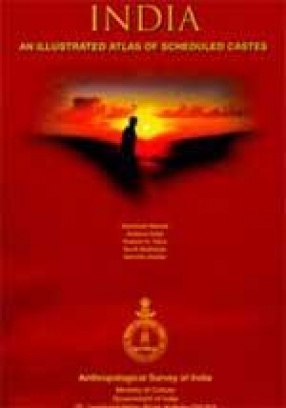
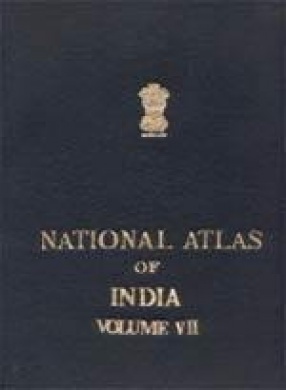
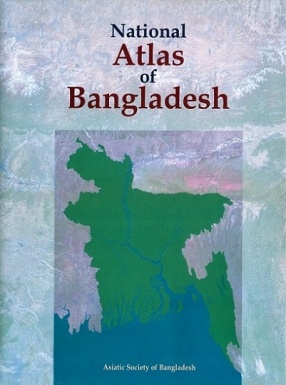

Bibliographic information
Gopi Nath Saha